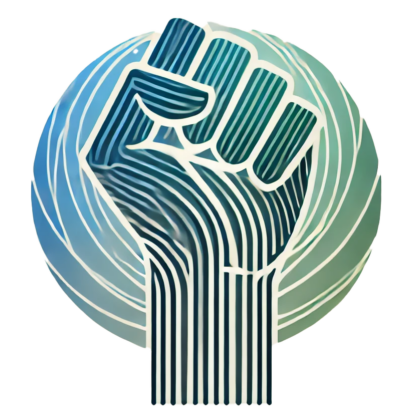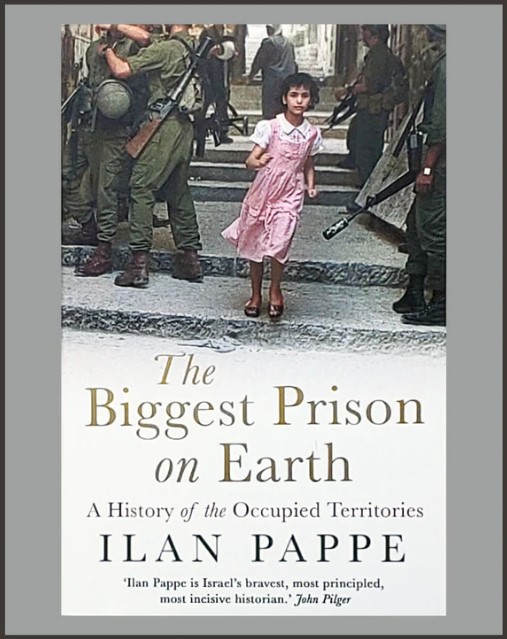Before reading The Biggest Prison on Earth, I, like many others, had a general understanding of the situation in Gaza and the West Bank—an occupation, a conflict, a struggle for land. But Ilan Pappé’s book shattered those surface-level narratives and exposed something far more disturbing. This book was an eye-opener, not just in terms of history but in how I—and so many others—had misunderstood the very nature of Israel’s control over Palestinians. What I once thought was a complicated geopolitical issue suddenly became clear: this was never meant to be temporary, and it was never about peace.
Pappé lays bare the reality that the occupation was not a reactionary measure or an unfortunate necessity, but a premeditated and systematic plan to control Palestinians indefinitely. From the start, Israeli leaders worked to create what is now the world’s largest open-air prison—a structure of control so deeply embedded in law, policy, and military enforcement that it functions as a permanent reality for millions. His research, supported by declassified Israeli documents, proves that every mechanism of occupation—the checkpoints, the ID system, the restricted roads, the blockades—was carefully designed to make Palestinian sovereignty impossible.
One of the most striking aspects of the book is how it dismantles the mainstream narrative that Israel was reluctantly forced into ruling over Palestinians after 1967. Pappé exposes how, even before the war, Israeli officials were crafting policies to ensure total dominance over Palestinian land and lives. The book documents how laws were written to strip Palestinians of political rights, while Israeli settlements expanded with full government backing. What’s most disturbing is that every justification used—security, defense, negotiations—was simply a cover for entrenching apartheid.
The so-called “peace process” also takes on a new meaning in light of Pappé’s findings. What I had once seen as attempts at diplomacy now appear as tactics to manage the occupation rather than end it. The Oslo Accords, which many believed would lead to Palestinian independence, only reinforced Israel’s control by outsourcing security enforcement to the Palestinian Authority while allowing Israel to maintain full dominance. Every chapter of the book reinforces the idea that the occupation is not a temporary situation awaiting resolution—it is a calculated structure of subjugation.
Reading The Biggest Prison on Earth was both a revelation and a painful reckoning. It forced me to question what I thought I knew, and it left me wondering how long the world will continue to look away. Pappé doesn’t just document the policies of occupation; he demands that we confront their consequences. This is not a book about a distant political dispute—it is about an ongoing crime against millions of people who remain imprisoned in their own homeland.
For me, this book was more than just an exposé—it was a wake-up call. It forces us to ask: How long can the world pretend this is temporary? If the occupation was always meant to be permanent, what does justice even look like? And if this is truly the biggest prison on earth, who will fight to open its gates?

